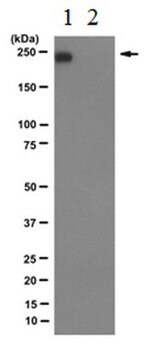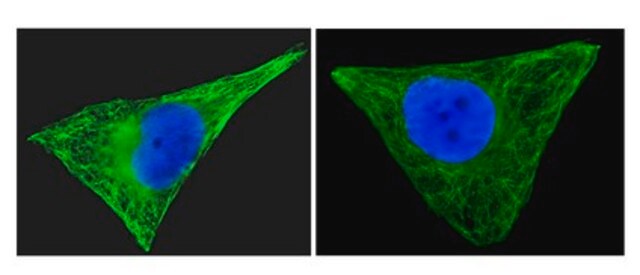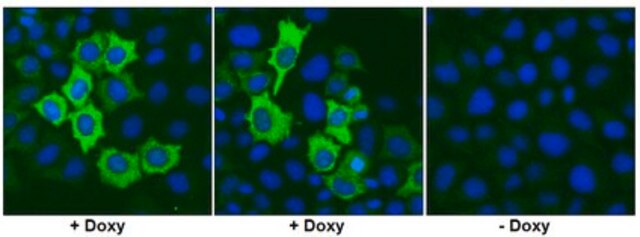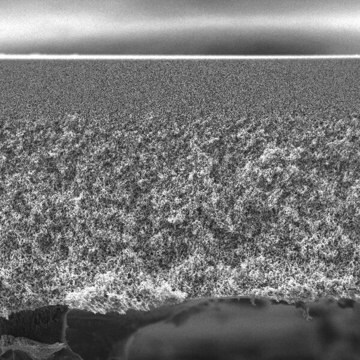05-516-AF647
Anti-Ras Antibody, clone RAS10, Alexa Fluor™ 647 Conjugate
clone RAS10, from mouse, ALEXA FLUOR™ 647
Synonym(s):
GTPase HRas, c-H-ras, H-Ras-1, Ha-Ras, p21ras, Transforming protein p21, GTPase KRas, c-K-ras, c-Ki-ras, K-Ras 2, Ki-Ras, GTPase NRas, Transforming protein N-Ras
About This Item
Recommended Products
biological source
mouse
Quality Level
conjugate
ALEXA FLUOR™ 647
antibody form
purified antibody
antibody product type
primary antibodies
clone
RAS10, monoclonal
species reactivity
mouse, rat, human
technique(s)
flow cytometry: suitable
immunocytochemistry: suitable
isotype
IgG2aκ
NCBI accession no.
UniProt accession no.
shipped in
ambient
target post-translational modification
unmodified
Gene Information
human ... HRAS(3265) , KRAS(3845) , NRAS(4893)
Related Categories
General description
Application
Clone Ras10 is also available as unconjugated, as well as in FITC- and Alexa Fluor™ 555-conjugated forms (Cat. Nos. 05-516, FCMAB148F, 05-516-AF555) for ELISA, flow cytometry, immunocytochemistry, immunohistochemistry, immunoprecipitation, and Western blotting applications.
Quality
Immunocytochemistry Analysis: A 1:100 dilution of this antibody detected Ras immunoreactivity in A431 cells.
Target description
Physical form
Other Notes
Legal Information
Not finding the right product?
Try our Product Selector Tool.
Storage Class Code
12 - Non Combustible Liquids
WGK
WGK 2
Flash Point(F)
Not applicable
Flash Point(C)
Not applicable
Certificates of Analysis (COA)
Search for Certificates of Analysis (COA) by entering the products Lot/Batch Number. Lot and Batch Numbers can be found on a product’s label following the words ‘Lot’ or ‘Batch’.
Already Own This Product?
Find documentation for the products that you have recently purchased in the Document Library.
Our team of scientists has experience in all areas of research including Life Science, Material Science, Chemical Synthesis, Chromatography, Analytical and many others.
Contact Technical Service








